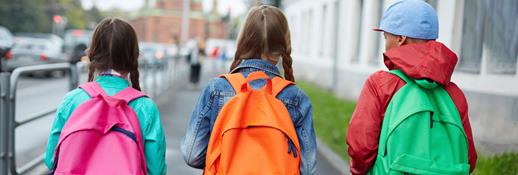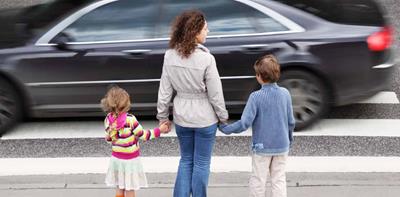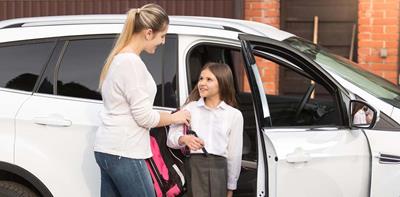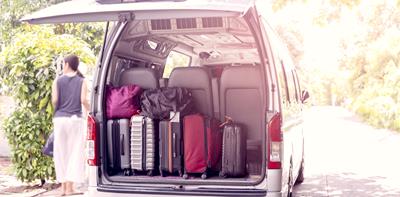
Do you remember the first time you walked to school alone? It’s a turning point in the lives of many children, giving them a new sense of independence and maturity, but it’s not always an easy step to take.
Parents are bound to feel nervous about their child’s new responsibility, but you can help ease your nerves by following these top tips.
EASY AS HACK
Identify the safest walking route to school and then practise the route with your child. While doing so, point out any road signs or landmarks that they should know about.
AT A GLANCE
|
1. Walking to school alone is a big step for children and parents 2. To keep children safe, and calm parental nerves, we’re sharing seven tips to follow 3. Tips include wearing bright clothing and identifying safe walking routes |
1. Choose the safest route
Head out with your child and find the safest route to school, which may be a well-lit route with lots of footfall and pedestrian crossings.
You might also want to avoid busy crossings and back roads with low lighting.
Either way, take time before school starts to get out and find the safest route that works for you and your child. Talk to your child and let them know which is the safest route – and why – so that they have a greater understanding of road safety as well.
It’s also a good idea to have an alternative safe route. If some roads are closed and your child can’t walk that route, you should have a back-up route that they can take instead.
Don’t miss: Our easy guide to pedestrian crossings
2. Teach them how to cross the road
We’ve all been guilty of running across the road because we’re too impatient to wait for the crossing signals, but we don’t want children to do the same.
While schools may educate children on the importance of road safety, it’s never a bad idea to educate them further. Go out with your child and walk on both quiet and busy routes and show them how to safely cross the road. Make sure they understand where they need to look and answer any questions or concerns they have.
3. Walk the route with them
Once you’ve found the safest route and educated your child on how to properly cross the road, you should then walk the route with them.
As you walk, point out point out road signs, pedestrian crossings, and other important pieces of information that they need to know.
To prevent anyone from getting lost, point out any landmarks or notable houses that your child can use on their walk.
4. Provide a phone or a safety alarm
We know mobile phones aren’t always the easiest topic of conversation with kids. They might be too young to handle the responsibility of a mobile, but by giving them a basic phone, you can put your mind at ease that they could contact you in an emergency.
If you don’t want your child to be distracted by their phone during their school day, get them to hand it in to their teachers once they arrive at school.
Alternatively, if you’re not ready for your child to have their own phone, you could always get them a safety alarm instead.
Read this: Road safety on the school run
5. Wear bright clothing
A reflective jacket or a bright coat is a must, especially in the dark UK wintertime.
Bright clothing will help other road users see your child. If school uniform prevents them from wearing a bright coat, you can always sew on reflective patches or add reflective and luminescent accessories elsewhere instead.
6. Enforce a buddy system
If your child has friends who live in the same area, see if you can set up a buddy system. Encouraging your child to walk to and from school with a friend will make the journey more fun for them, while also giving you peace of mind that they’re not walking the streets alone.
7. Educate them on stranger danger
We teach kids about stranger danger from a very young age, but it never hurts to reinforce the message before they start walking to school alone.
Make sure they know not to approach or walk with strangers, and to always stay vigilant of people they don’t know well.


